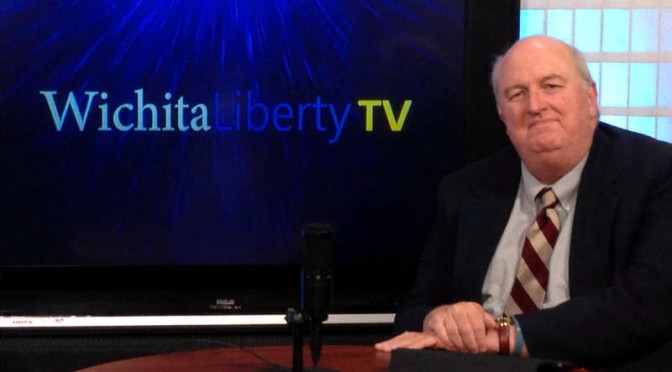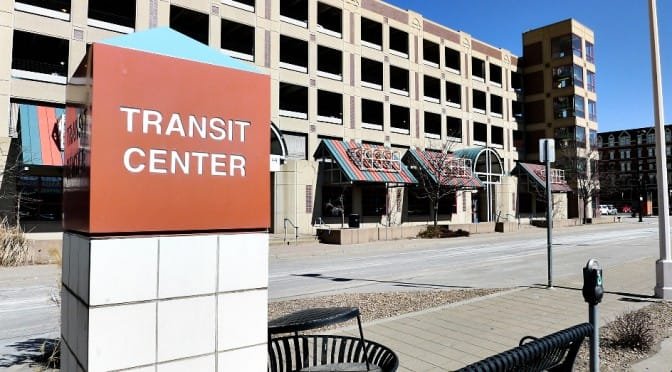Tag: Downtown Wichita revitalization
-
Downtown Wichita campaigns for higher taxes on groceries and no taxes on downtown
Wichita Downtown Development Corporation campaigns for low-income households to pay more sales tax on groceries while it seeks tax breaks for downtown developers.
-

WichitaLiberty.TV: The proposed one cent per dollar Wichita sales tax
In this episode of WichitaLiberty.TV: We’ll talk about the proposed Wichita sales tax, including who pays it, and who gets special exemptions from paying it. Then, can we believe the promises the city makes about accountability and transparency? Finally, has the chosen solution for a future water supply proven itself as viable, and why are…
-
Union Station development drains taxes from important needs
The diversion of future property tax revenues away from local governmental treasuries should concern every taxpaying citizen when one considers the many needs for these funds, says John Todd.
-

Again, Wichita policies are fluid
Wichita city hall promises policies that are clear, predictable and transparent, except when they’re not.
-

Errors in Wichita Union Station development proposal
Documents the Wichita City Council will use to evaluate a development proposal contain material errors. Despite the city being aware of the errors for more than one month, they have not been corrected.
-

For Wichita sales tax, concern over conflicts of interest
Supporters of a proposed sales tax in Wichita promise there will be no conflicts of interest when making spending decisions. That would be a welcome departure from present city practice.
-
In Wichita, gap analysis illustrates our problems
Testimony provided to the Wichita City Council on July 1, 2014 regarding gap analysis and the problems it reveals.
-
A development plan for downtown Wichita
Development plan for downtown Wichita as prepared by RTKL Associates, Inc.
-
For Wichita, policies are made to be waived and ignored
The City of Wichita says it wants policies to be predictable and reliable, but finds it difficult to live up to that goal.
-

In Wichita, a public hearing with missing information
The Wichita City Council is holding a public hearing, but citizens don’t have information that would be useful if they’re interested in conducting oversight.
-

Would you rent space from this landlord?
Commercial retail space owned by the City of Wichita in a desirable downtown location was built to be rented. But most is vacant, and maintenance issues go unresolved.
-
Is Wichita chasing class politics to its detriment?
It turns out that the benefits of appealing to the creative class accrue largely to its members — and do little to make anyone else any better off.